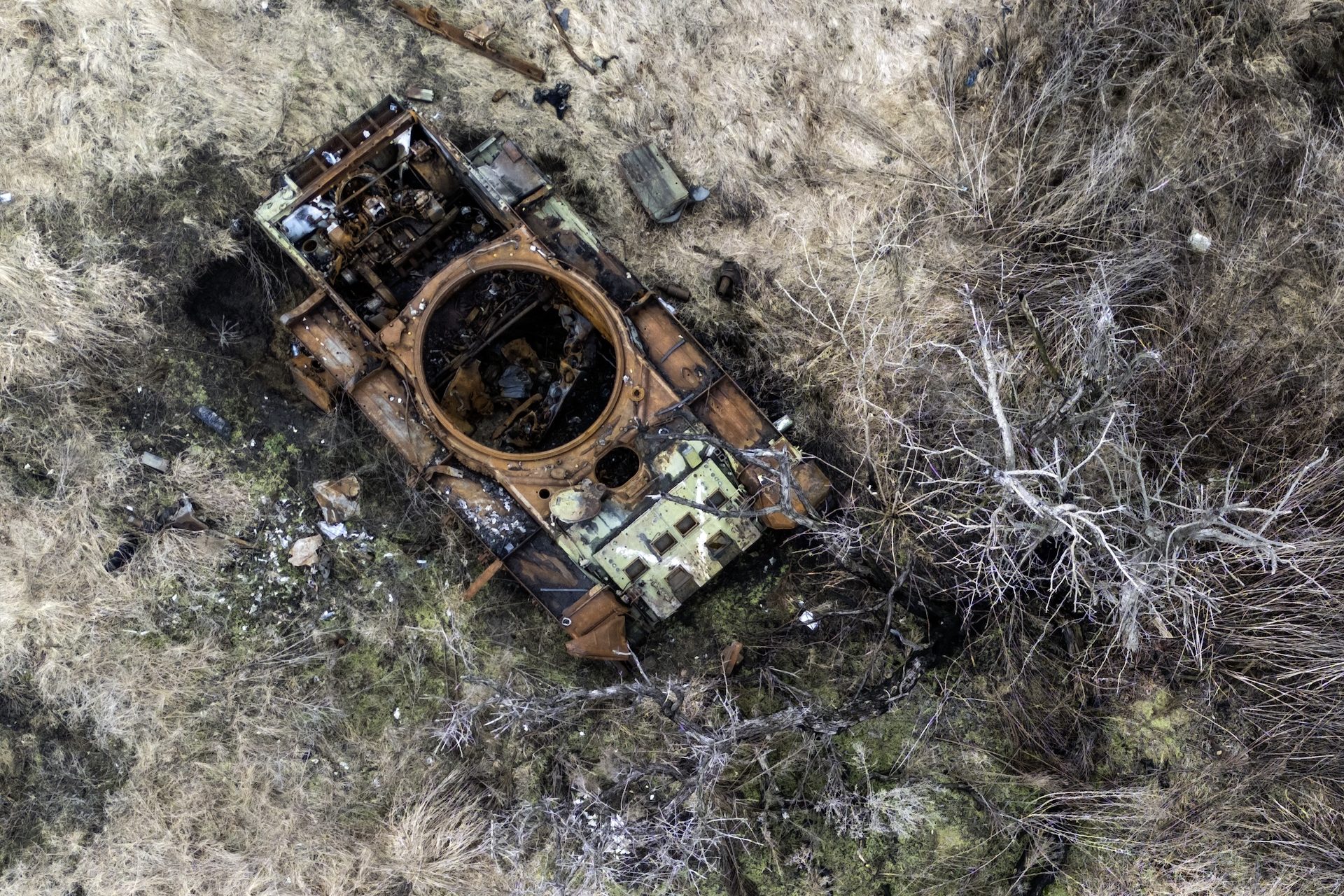North America's grasslands are suffering from a billion-dollar plague: trees
The North American grasslands are being threatened by an unexpected plague: trees. When we hear that trees are expanding, it can seem like a relief for CO2 emissions. But losing rangelands can affect water supplies and hundreds of species.
Introducing a new species can affect any ecosystem, and the grasslands are no exception. According to the U.S. Natural Resources Conservation Service, the spread of woody plants can increase wildfire risks and endanger plant species living in this ecosystem by out-competing them for water or sunlight.
A recent study collected by Wired shows that woody plant encroachment also affects the economy. Ranchers rely on rangeland's wide spaces to raise livestock. When trees invade, they lose land and forage ─their animals' food.
The scientific article published in the Journal of Applied Ecology found that ranchers lost 5 billion dollar worth of forage between 1990 and 2019. Trees have cost them 332 million tons of grass, or, according to Wired, enough hay bales to circle the globe 22 times.
Grassland endangerment is not exclusively an American problem. Rangelands are one of the most extensive ecosystems in North America. Mexico and Canada also lose acres of the biome every year to trees.
According to the Mexican newspaper La Jornada, grasslands covered 85% of the country's territory 150 years ago. Now the biome extends to over 15% of it. A resilience program by the Mexican Government and the UNDP unveiled that only 5% of rangelands in Mexico are protected.
In Canada, the University of Alberta has qualified grasslands as one of the "world's most endangered ecosystems." An article on their website claims that "more than 85% of grasslands that once flourished" in Alberta are now gone.
Cameron Carlyle, a rangeland ecologist at the University of Alberta, was cited in the article. "To the untrained eye, native grasslands may look like a wasteland, so it's easy to inadvertently ignore their importance," he said. But grasslands store tons of CO2 in their soils, he explained.
Rheinhardt Scholtz, a global change biologist and affiliate researcher with the University of Nebraska-Lincoln, has a similar opinion. "Grasslands are the most imperiled and least protected terrestrial ecosystem," he told Wired.
According to University of Montana researcher Scott Morford's data collected by Wired, tree cover has increased 50% across the American west in the last 50 years. Morford claims that more than 90.000 square miles that used to be grasslands are now forests. "That means we've already lost an area the size of Iowa to trees," he told Wired.
Scholtz explained that trees are a "heavy" threat to grasslands. "It's a slow and silent killer," he told Wired. But other things are also putting this ecosystem in danger. According to the University of Alberta, human development and agriculture are the worst threat to this biome.
Not only forage and soil suffer from the endangerment of rangelands. According to the State of the Birds report collected by Audubon, grassland birds are among the fastest-declining bird species in America. The document identifies 70 species that have lost around 50% of their populations in the last 50 years.
The State of the Birds report revealed birds are declining in every American ecosystem except wetlands. Despite sounding negative, this fact has a glimpse of hope. Wetlands have received decades of funding. The report suggests that policy investment could also work in other ecosystems like grasslands.
The U.S. National Resources Conservation Service has created a project called the Great Plains Grassland Initiative in Kansas. The program will identify woody plant encroachment phases and focus on developing and growing intact Grasslands. An information video claims they will achieve this by "strategically removing woody plants, their seed sources, and the use of prescribed burning."
The Great Plain Grassland Initiative works with ranchers and landowners to conserve rangelands. This model has been successful in Mexico as well. The Resilience program by the Mexican Government and the UNDP has promoted the creation of Voluntarily Designated Conservation Areas.
Grasslands are in danger on the whole planet. Biologist Rheinhardt Scholtz told Wired that only 10% of them are untouched. The data shows that we need to start worrying about these vast and open lands as much as we do about our forests and mountains.
More for you
Top Stories





























